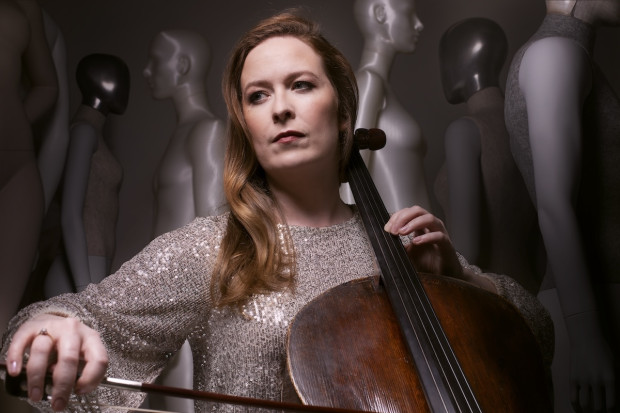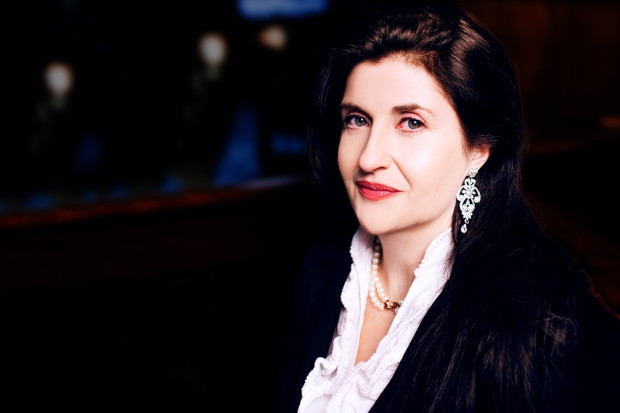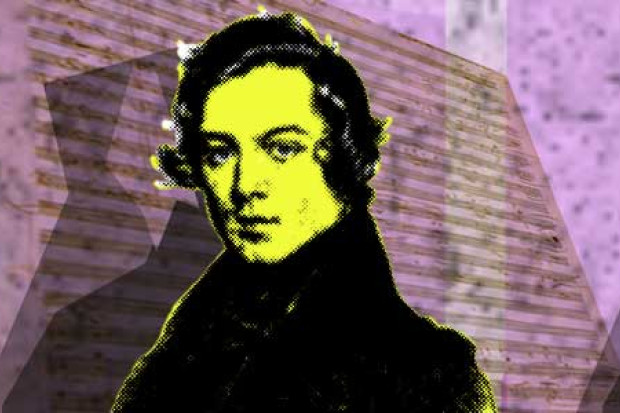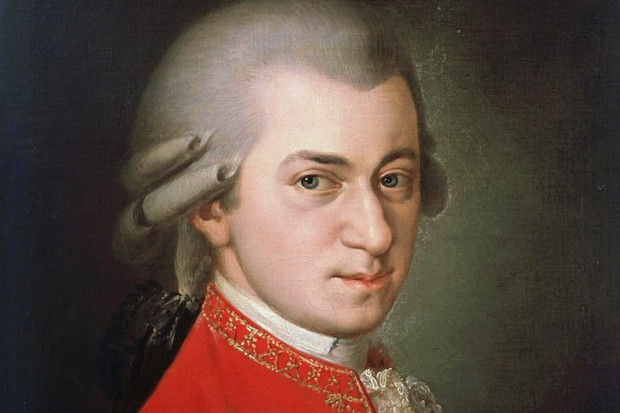
Musica Jubilans: Sounds of Glenstal
CD Reviews: Cyprian Love
The beautiful, low-lying Normanesque Glenstal Abbey in Murroe, a short distance from Limerick city, is much else apart from the Irish headquarters of the Benedictines. It is also a boys’ boarding school numbering some 200 pupils, a part-commercial farm and a wholly commercial guesthouse. Necessity in recent years has quickened the Abbey’s engagement with Mammon in enterprising/surprising (delete where applicable) ways, with the most recent addition to its wares seeing the launch of its own branded dessert and liqueur chocolates – ‘A reminder,’ the monks’ website is quick to point out with cautionary propriety, ‘that, in origin, monastic liqueurs were intended to be drunk in small quantities as an aid to digestion’.
Equally effective, for both digestion and contemplation, has been the Abbey’s growing catalogue of own-label recordings. Initially concentrating on plainchant and liturgical choral music, more recently it has added organ recitals by noted improviser and scholar, and a Glenstal monk since 1983, Cyprian Love. Recommendable though this latest offering is on the Abbey’s full-bodied and robust Kenneth Jones organ (built in 1981 although some pipes date back to the middle of the nineteenth century), it’s unlikely that it will garner the attention accorded an earlier Glenstal disc featuring the distinctive vocal talents of one Marie-Bernadette O’Connor.
In truth, however, the absence of the Sister Formerly Known As Sinéad does little to dint the enjoyment afforded by this finely played, gorgeous sounding disc. Love puts the Glenstal instrument through its articulate paces with a programme that spans three centuries, from Clérambault and Bach to Pietro Yon and Flor Peeters, with free-flowing ease.
Liszt’s Prelude and Fugue on B.A.C.H. opens proceedings with a thunderous flourish, Love nimbly weaving his way through its distinctively chromatic tribute with sure-fingered aplomb. Bach himself puts in an appearance with several works including an enjoyably idiomatic transcription of Vivaldi’s A minor Concerto for Two Violins (BWV593) and a brace of Preludes and Fugues, the alla breve Fugue of BWV550 brilliant and vital, BWV549 full of muscular, pipe-rattling drama.
There’s a splendid pulpit-thumping moment – marked ppp diminuendo on low eight- and sixteen-foot stops – in Reger’s Op 40 No 2 Fantasia that Love clearly relishes, its rather sepulchral, not to say murky, textures and tones lightened and leavened by Flor Peeters’ attractive Creator Alme Siderum with its luminous, high-pitched melody, and the gravity-free Toccatina for flute from Pietro Yon’s witty, tongue-firmly-in-cheek L’Organo Primitivo.
Two miniatures by Clérambault show off the organ’s dexterous way with the French classical tradition, while a delightfully understated Guilmant Noël on a traditional Polish Christmas Carol showcases its facility for lissom gracefulness. Widor’s rousing and perennially popular Toccata, with its improvisatory use of a single motif, still astonishing despite its familiarity, prompts Love to a rousing and obviously revelled in conclusion.
Published on 1 May 2007
Michael Quinn is a freelance music and theatre journalist based in Co. Down.

















